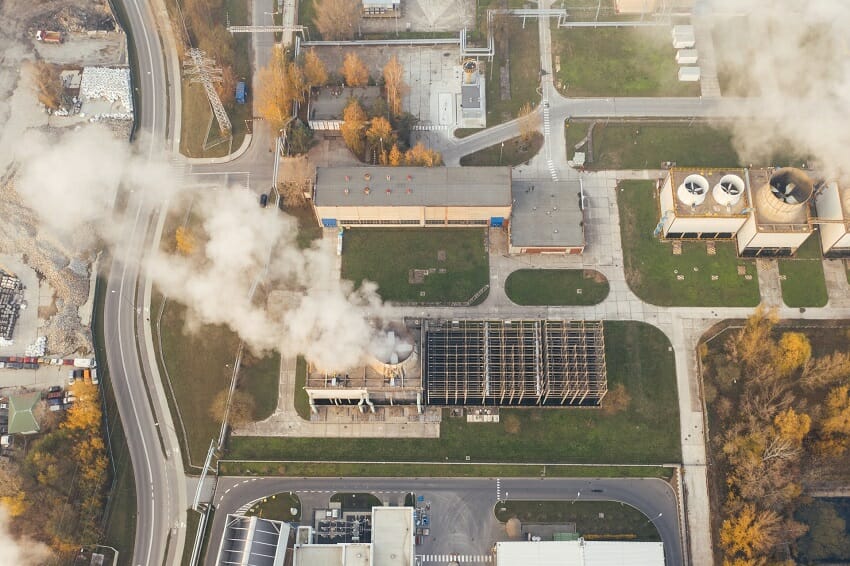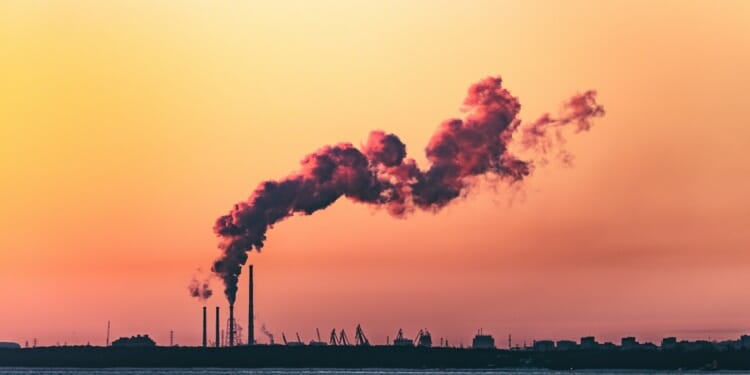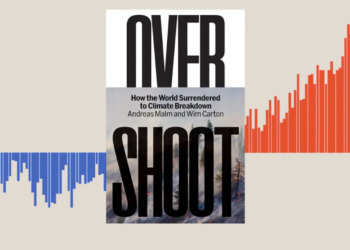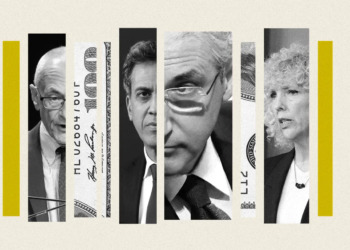Barely a year after the first carbon credit was issued in 2005, Praful Bidwai, one-time senior editor of the Times of India with a penchant for not taking prisoners, was already sniffing away at how the whole system didn’t work.
In 1997, Kyoto established an U.N.-administered Clean Development Mechanism (CDM), allowing corporations and governments of the North to escape mandatory emission cuts in their activities and instead buy Certified Emission Reductions (CERs) from the South, earned through projects that are supposed to achieve equivalent reductions. Given that the South included businessmen from India, China, and Brazil, Bidwai essentially asked what could possibly go wrong.
By the time Bidwai’s ideas were published by the Transnational Institute in December 2005, Indian companies had raked in $200 million selling CERs, with this amount compounding annually. Bidwai pointed out this was accompanied by a suspicious net increase, not a decrease, in India’s greenhouse gas (GHG) emissions.
Bidwai made two further points which were later also addressed by a June 14, 2010, article written in Scientific American. For one, just four countries (India, China, Brazil, and South Korea) claimed four-fifths of all of CDM’s global credits. And second, 60% of these projects were about eliminating the chemical HFC-23, a potent GHG in incinerators that costs just $31 million to build and run for a year but generates an absurdly high $800 million worth of CERs.

The Scientific American article stated that as much as a third if not half of all CERs could be illegitimate because they were sold by Chinese and Indian chemical firms and dirty-coal power plants that were deliberately generating GHG in order to snag millions of dollars of carbon credits when they then mitigated the emissions. No wonder India’s GHG emissions weren’t going down in spite of the burgeoning carbon trade.
The fact that companies could get away with gaming the system didn’t surprise environmentalists who had cried foul for years. According to them, it was the inevitable outcome of a Cap & Trade program designed to appease, not impose. Western governments and corporations were seen as equally culpable because there was no real offset from the CERs they bought.
In all fairness, European and American manufacturers voluntarily captured and destroyed HFC-23, which has a warming potential of 1,810 times that of carbon dioxide. That Indian and Chinese companies intentionally manufactured HFC-23 under the aegis of the U.N. and got paid to then eliminate it was seen as a bit much. As if that isn’t enough, middlemen connecting carbon credit sellers to offset buyers are at times prone to selling the same credit to multiple buyers. As well, the selling country is prone to registering a reduction in GHG while the country buying the offset does the same. Creative accounting is the natural outcome when a commodity is invisible.
RELATED ARTICLES: The Road To Net Zero: A Guide To The Carbon Offset Ecosystem | COP26 Delivers New Rules for the Carbon Market | Why Do Carbon Offsets Not Effectively Offset Carbon? | Carbon Offsetting as a Tool to Reduce Emissions: A Last Resort? |
By the time COP26 was held at Glasgow, everyone knew a fresh start was needed. India and China, of course, disagreed. COP26 has come and gone and addressed everything except how to deal with what corrupted the process in the first place, even though a cursory look would show how the system was being gamed. Validating carbon credits requires an approved consultant to certify their provenance. “Approved” doesn’t always mean “ethical”.
The U.N. had to suspend the use of consultants to approve projects after flaws with internal auditing processes were discovered. Also, there is no robust tracking mechanism in place today to pre-empt selling a credit already sold or proper double-entry accounting to ensure the country selling the credits raises back its GHG emission tally by the same amount reduced by the country offsetting its emissions.
Analysts predict offset purchases could be more than $50 billion by 2030, if not sooner. The sheer weight of that money demands better accounting, better forensics, a greater level of end-to-end transparency, and a foolproof audit trail. The only practical way to do that is through blockchain technology.
CERs, once they are issued and bought, circulate in the ETS market (say the EU’s market) in the usual “anonymous” way stocks and bonds are traded on Wall Street: What they “contain” is not known, people buy and sell pieces of paper that appear equal even when they are not. With blockchain technology, you can trace the exact source of who pollutes what, and that information stays attached to the certificate when it changes hands.
By inherent design, data on a blockchain can’t be tampered with, making it a legitimate disruptor of today’s carbon markets. It would be difficult to get around the transparency a blockchain brings to the proceedings, though not impossible.
In order to maintain legitimacy, the carbon credit claims would still need to be physically validated before being entered into the blockchain. In their whitepaper, Dr. Saraji & Dr. Borowczak suggest a global array of professionals to do the validation for their proposed blockchain. According to them, “Validators are an essential part of this ecosystem.” As mentioned earlier, they can also be a problem. The U.N.’s CDM board had repeatedly warned validators over their biased certifications of HFC-23 and dirty-coal projects. It would be difficult for those HFC-23 companies or the dirty-coal power plants to do what they did, were they required to make their GHG submissions to a blockchain via an automated platform that eliminates human intervention and becomes a single source of truth for the blockchain.
At BDx, we use an innovative data center eco and power management tool, 360°View, that does precisely that. We designed it from modules provided by people who decided to do something about dirty coal by setting up a sustainability software company, Verdana.
360°View enables authorized users to get carbon-related data on any smart device anywhere, from any remote facility. It continuously monitors and validates the reduced use of thermal electricity (either through the participant’s use of renewables or through increased efficiencies at the plant). It does so 24×7, 365 days a year, providing analytics to the carbon footprint owner and auditors. All get to see the same truth.
In addition, it tracks GHG submissions electronically to carbon exchange or a carbon blockchain by becoming a trusted node in that blockchain. Because everyone gets to see the same single truth at any given time, it becomes virtually impossible for credits to be double-counted. This function now extends across a growing list of industries, with human validators no longer essential to U.N. agencies, carbon exchanges, or to carbon blockchains because the 360°View platform can do the validation instead of humans — with all their conflicts of interest.
The good news is that several carbon blockchains are coming up to streamline the process by which a carbon credit is offset. They do face resistance from those still new to the technology and the ones who fear their transparency. Carbon blockchains seem inevitable, though, and connecting them to advanced, integrated platforms like 360°View would create an end-to-end audit trail to mitigate what currently ails the carbon trade.
In today’s business climate, where making sustainability a top priority affects the bottom line, holding the carbon tracking industry accountable is crucial. With a holistic view, where everyone from the companies buying and selling credits to third parties validating credits can see the same information, we have a better chance of navigating a more sustainable future together.
Editor’s Note: The opinions expressed here by Impakter.com contributors are their own, not those of Impakter.com










